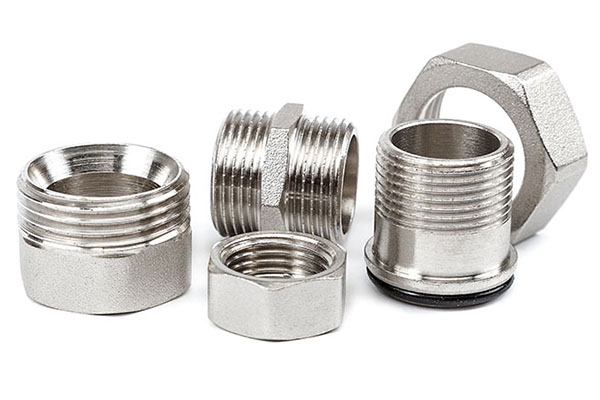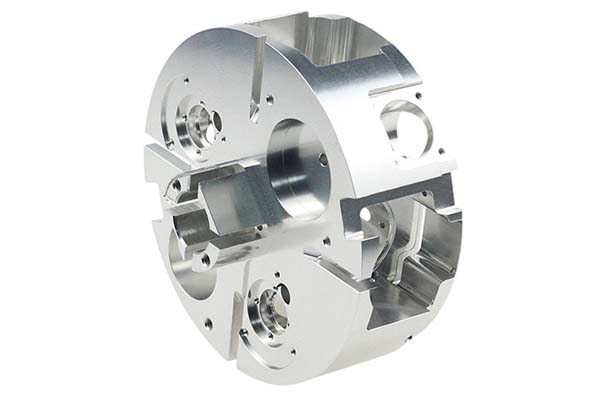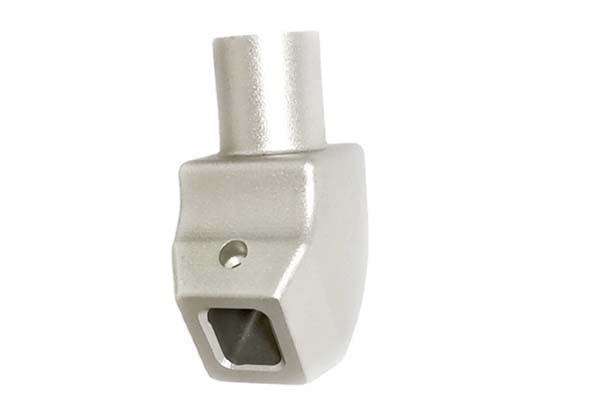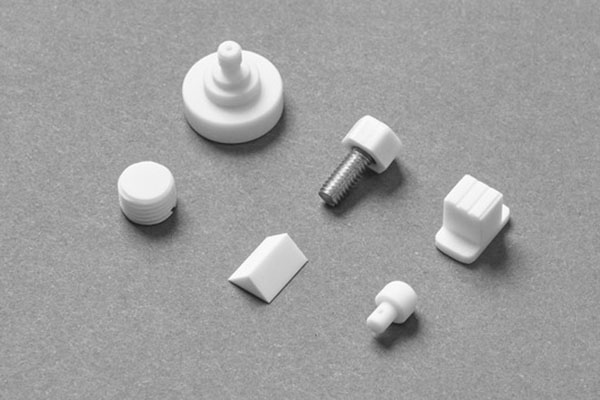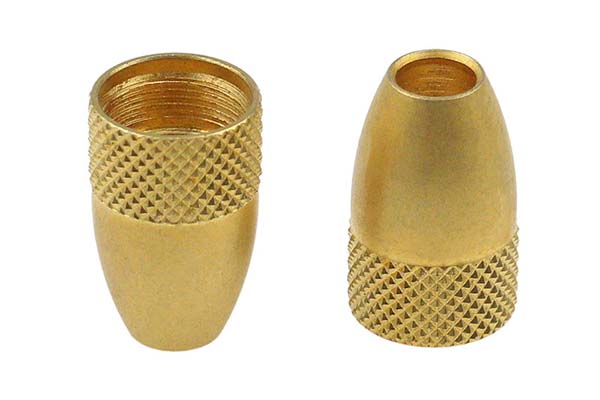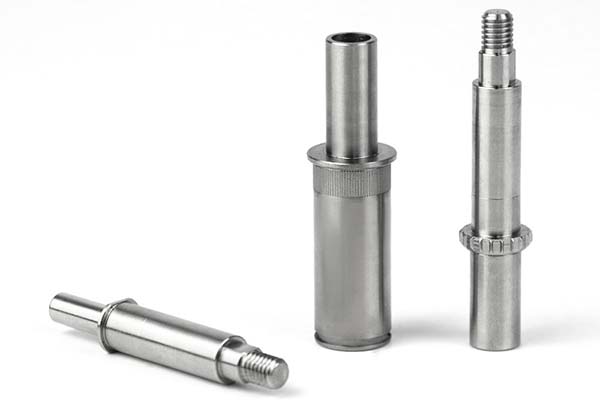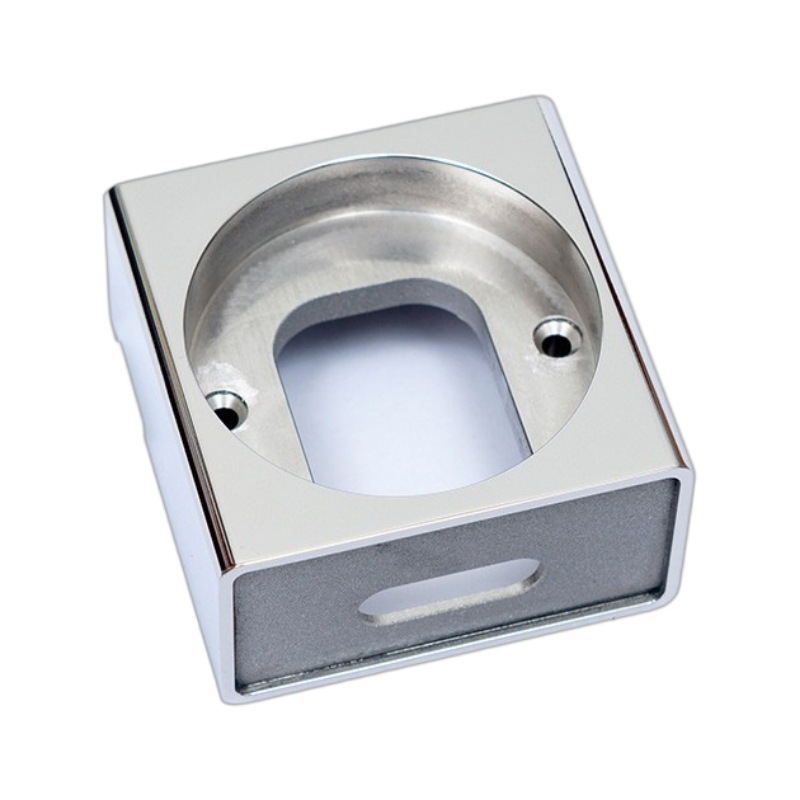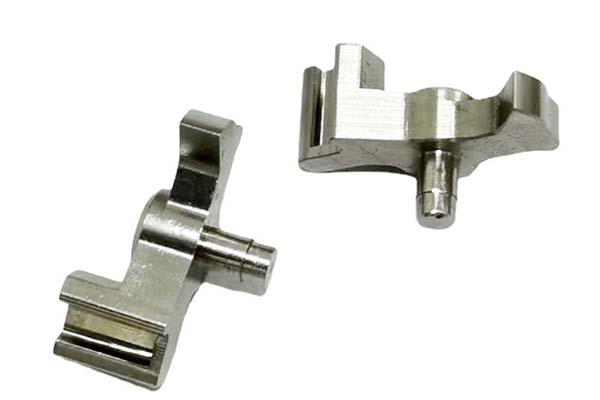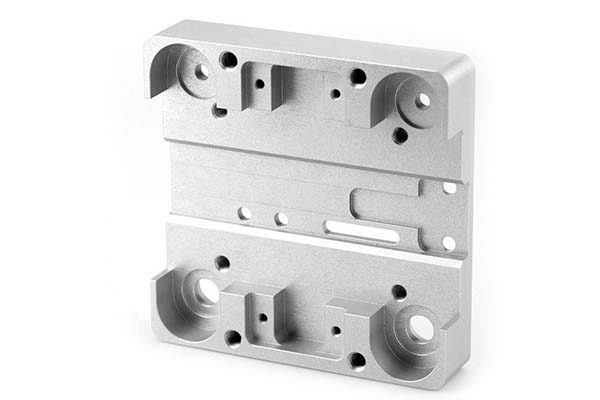Introduction to CNC Rapid Prototyping
CNC rapid prototyping has revolutionized the manufacturing sector by drastically enhancing the speed, efficiency, and precision with which prototypes are produced. This technology integrates advanced software and hardware to create physical models directly from digital designs, enabling engineers and designers to validate concepts early in the development process. In this article, we will explore the definition, evolution, applications, benefits, challenges, and future trends of CNC rapid prototyping.
Definition and Principles
What is CNC Rapid Prototyping?
CNC rapid prototyping refers to the use of computer-controlled machines to create prototypes based on digital design files. CNC machines are capable of cutting, carving, or shaping materials such as plastic, metal, or foam into highly accurate and intricate forms. The process begins with designing a 3D model using Computer-Aided Design (CAD) software, which is then converted into G-code instructions that the CNC machine follows to produce the prototype. CNC machines employ both subtractive (removing material) and additive (building material layer by layer) manufacturing methods.
How Does It Work?
The CNC rapid prototyping process typically involves the following steps:
- Design Phase: A 3D model is created using CAD software.
- Conversion to G-code: The model is converted into G-code, which instructs the CNC machine on how to operate.
- Material Selection: Appropriate materials are chosen based on the requirements of the prototype.
- Machining: The CNC machine executes the G-code, either removing material (subtractive) or adding material (additive) to create the prototype.
- Finishing: Post-processing operations such as sanding, painting, and assembling are performed.
- Testing & Iteration: The prototype is tested, and any necessary revisions are made.
History and Evolution
Early Beginnings
CNC technology has its origins in the 1940s, when John T. Parsons developed the first numerical control (NC) machine to produce aircraft parts. However, it wasn't until the 1970s, with the advent of more affordable and powerful computers, that CNC technology became more widespread. The use of computers allowed for more complex, precise, and automated machine operations.
Advancements in Technology
Over the years, CNC machines have evolved to accommodate increasingly intricate designs. The integration of CAD/CAM (Computer-Aided Design/Computer-Aided Manufacturing) systems further streamlined the process, allowing for a seamless transition from digital models to physical prototypes. Today, CNC rapid prototyping incorporates both subtractive (milling, turning) and additive (3D printing) manufacturing methods, which provides more flexibility in producing prototypes.
Applications of CNC Rapid Prototyping
Product Design and Development
In product design, CNC rapid prototyping plays a crucial role in validating concepts. Designers can quickly produce functional prototypes, allowing them to test and evaluate products in real-world conditions. This rapid iteration helps identify design flaws early, reducing the risk of costly changes during mass production.
Aerospace and Automotive Industries
The aerospace and automotive sectors rely heavily on CNC rapid prototyping to develop high-precision components that meet rigorous safety and performance standards. Components such as engine parts, interior panels, and aerodynamic features are all prototyped using CNC technologies. The precision and efficiency of CNC rapid prototyping enable manufacturers to accelerate innovation while ensuring quality and safety compliance.
Medical and Dental Prototyping
CNC rapid prototyping has transformed the production of medical devices and dental prosthetics. Customized components like implants, surgical guides, and orthodontic appliances can be manufactured with remarkable accuracy. This allows for personalized care for patients, improving outcomes and reducing lead times for crucial devices.
Benefits of CNC Rapid Prototyping
Time Efficiency
One of the standout advantages of CNC rapid prototyping is its speed. Prototypes can be produced within days or hours instead of weeks or months, allowing businesses to respond swiftly to market demands and bring products to market faster. This rapid turnaround helps companies gain a competitive edge.
Cost Reduction
Although the initial setup cost for CNC machines may be high, the long-term benefits are substantial. CNC rapid prototyping reduces material waste, labor costs, and production errors, leading to cost savings. Moreover, producing multiple prototypes at once can yield economies of scale.
Precision and Accuracy
CNC machines are capable of achieving micron-level tolerances, ensuring that each prototype is created with high accuracy. This level of precision is essential for industries like aerospace, automotive, and healthcare, where even small deviations can result in significant issues. CNC rapid prototyping ensures that prototypes match design specifications exactly.
Challenges and Limitations
Material Constraints
Despite its versatility, CNC rapid prototyping faces challenges related to material limitations. While many materials, such as plastics and metals, are compatible with CNC machines, some exotic or specialized materials may require alternative processes. Additionally, certain materials may present machining difficulties due to their properties, such as brittleness or high hardness.
Complexity of Designs
Although CNC machines excel at producing intricate designs, certain geometries may still pose challenges. For instance, deep overhangs, thin walls, or delicate features might be difficult to machine using standard CNC processes, requiring specialized tooling or additional post-processing steps.
Environmental Impact
The environmental footprint of CNC rapid prototyping can be a concern. Subtractive methods, in particular, generate waste material such as chips and dust, which must be properly disposed of. Additionally, the energy consumption associated with CNC machines contributes to carbon emissions, highlighting the need for sustainable practices in the manufacturing process.
Future Trends in CNC Rapid Prototyping
Integration with AI & Machine Learning
As artificial intelligence and machine learning continue to advance, these technologies will be integrated into CNC systems. AI algorithms can help optimize toolpath generation, predict maintenance needs, and detect errors in real-time, leading to more efficient operations and higher-quality prototypes.
Advancements in Additive Manufacturing
The fusion of additive manufacturing with traditional CNC methods will open new possibilities. Hybrid solutions can combine the benefits of both technologies, such as producing lightweight components with embedded sensors or creating customized lattice structures that offer improved performance characteristics.
Sustainability in Manufacturing
Sustainability will become a significant focus in the future of CNC rapid prototyping. Green manufacturing initiatives will drive the use of sustainable materials, eco-friendly production practices, and energy-efficient machines, aiming to minimize the environmental impact of manufacturing processes without compromising productivity or quality.
Remote Collaboration & Cloud Computing
With the rise of cloud computing, teams can collaborate remotely on CNC projects, regardless of geographic location. Cloud-based platforms will allow real-time data sharing, improving communication and accelerating product development timelines. This trend will enable manufacturers to respond even more quickly to changing market demands.
Conclusion
CNC rapid prototyping is a pivotal technology in modern manufacturing, offering unmatched speed, precision, and flexibility in prototype creation. By empowering industries across various sectors to develop and test innovative products quickly, it has become an essential tool for designers, engineers, and manufacturers alike. As advancements in technology continue to push the boundaries of what’s possible, CNC rapid prototyping will remain at the forefront of the manufacturing world, driving efficiency, cost-effectiveness, and sustainability in production.
